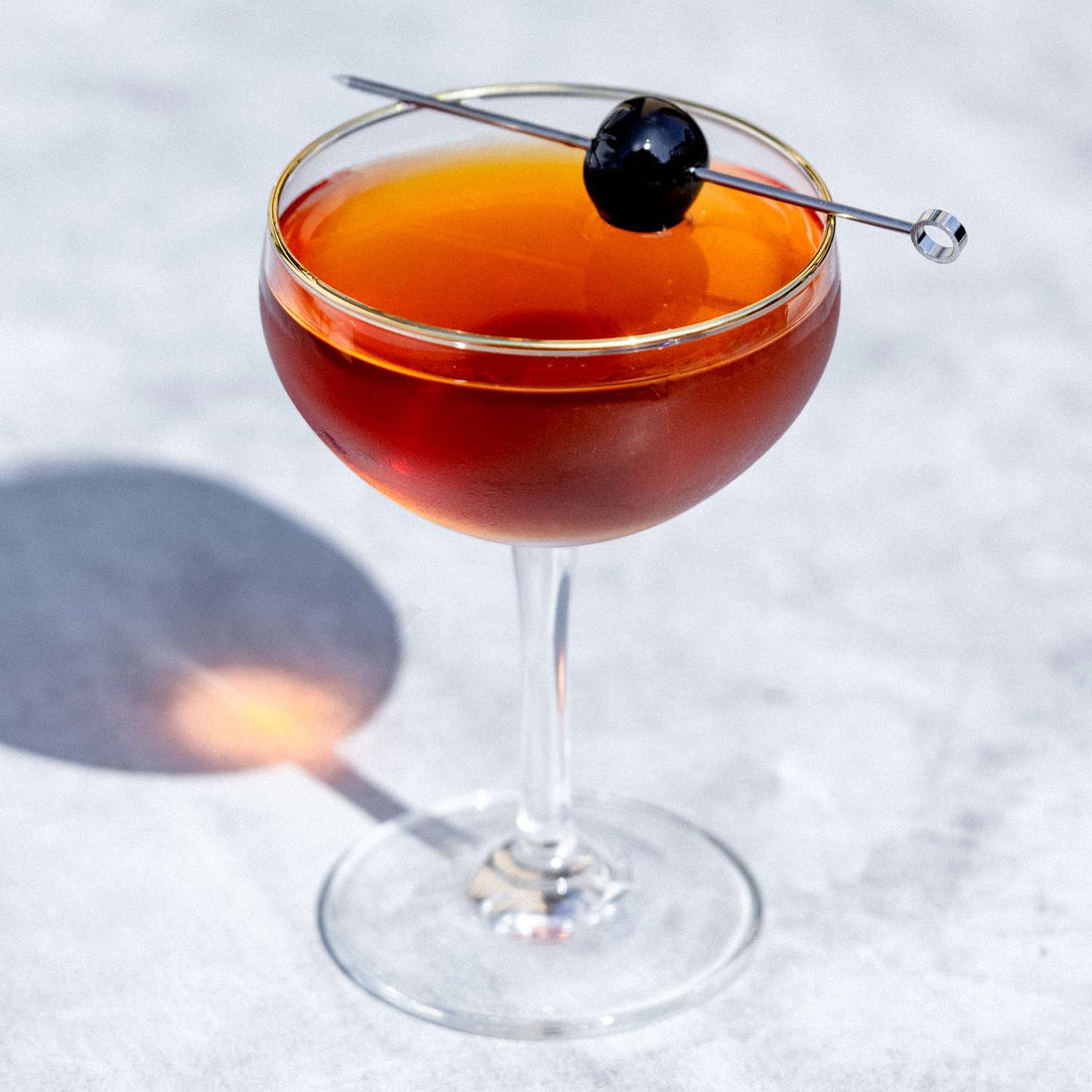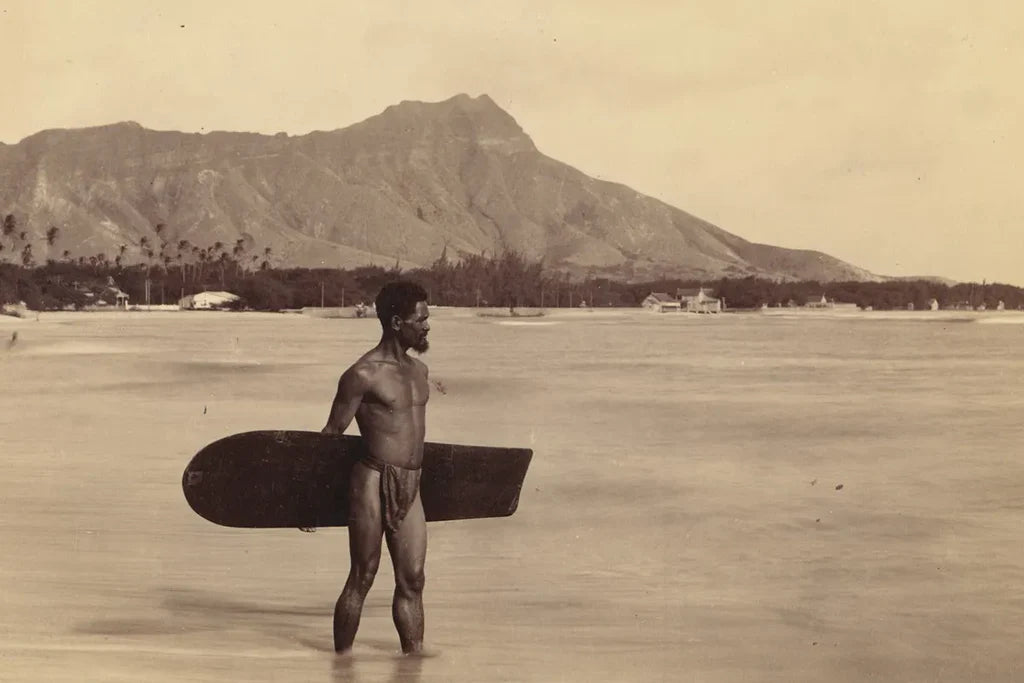While the first football game was played in 1869 (covered in an earlier post), it wasn’t until 1893 that the football helmet emerged. Ahead of a game against Army, Navy player Admiral Joseph Mason Reeve was told that another hard impact, after getting kicked and hit in the head numerous times previously, could lead to “instant insanity.” In an effort to remain sane, Reeve went to his cobbler and had him create a moleskin hat with earflaps. This hat became the first football helmet and was briefly used by paratroopers during the first world war.

In the early 1900s, soft leather caps became optional headgear that few players chose to use. By the 1920s, hardened leather made helmets far more protective and more widely worn. Helmets didn’t become mandatory until 1943, long after President Roosevelt considered abolishing the game in 1905 after 19 deaths in one year.

Throughout the 1920s and 1930s, variations of the leather helmet emerged, but it wasn’t until 1939 that the next breakthrough was made. That year, John T. Riddel (founder of the eponymous helmet company) invented the plastic helmet which was far more protective than its predecessors.
Another large stride in helmet design was made in 1948 when LA Rams halfback Fred Gehrke painted horns on his helmet, making the Rams the first professional team with a helmet emblem.
Helmets were still open faced, causing frequent black eyes and bloody noses, until 1955 when a single face bar was added to the padded plastic helmets. Riddel began manufacturing helmets with face bars soon after and by 1962, every player in the game wore a helmet with facemask bars.
Overtime, the bars became more numerous and complex, eventually landing on the design we have today. Over that same period, helmet padding became more advanced, leading to fewer head injuries.
In 1935, far before helmet bars became commonplace, Vernon McMillan was granted a patent far ahead of its time. His design covered a bar that could be attached to helmets which protected players’ noses and didn’t impair their vision. While McMillan’s patent wasn’t widely implemented, it set the stage for other designs that became ubiquitous by 1962.
Check out the patent






